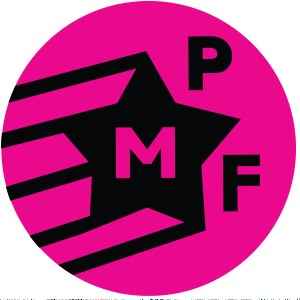This page is a draft of the art / research project 'Personal History'. You can see a few slides as an examples to determine the research topics. The source of the project are the pictures (2 rolls of ECN-2 films, 135mm type) taken on an analogue soviet camera Smena 8M at our Grandmother’s flat. I captured old artifacts from the Soviet times, ordinary objects and household items, kitchen utensils produced more than 40 years ago. These things are symbols of an irrevocably gone era, where life was very different from the one we have now.
It is surprising that through someone's personal things of routine life, we can see an entire era and a huge empire. In Soviet times, many people used similar things, in the absence of competition and with a total deficit, people did not have much choice. Many houses were furnished in a very similar way: the same dishes from a limited list of porcelain factories, the only one kitchen set available, aluminum saucepans and unpretentious mugs. It is quite difficult to recognize a single personality, specific taste or preferences of a particular person in such a selection. However, these items do not cease to be documents of the era. After all, we remember how, together with grandmother, we drank tea from this mug, painfully waited for boiling water on this old gas stove, discussing summer vacations at the country house and remembering childhood. In the 1990s and 2000s, with the advent of world brands and the opening of borders, many began to get rid of the old Soviet "junk", the term "soviet design" appeared, indicating the excessive simplicity, sometimes ugliness and inconvenience of objects. That is why the apartments of grandmothers and grandfathers, people who grew up and lived most of their lives in the USSR, have literally become museums. This generation is not used to throwing away things, with such great difficulty they got goods. This is exactly how the kitchen of Rosa Librova, our grandmother born in 1929, looks like. Today Rosa does not recognize us, does not get up or go out. The last time we came to visit, I deliberately refused to be photographed with her. I would like to remember an energetic, positive looking person whose life was not easy, like many people of that generation. For this, I want to keep in my memory that very essence of everyday life, kettle, mugs and spoons, sewing kit and jewelry boxes. I think this is a good portrait of Rose and many of our grandmothers, whom unfortunately we will soon lose.
This project very timely raises questions related to the definition of the role of women in society. Newspapers and internet resources of recent years are full of headlines about changing social paradigms. How strong are these changes in real life? I can tell this through the story of one person. I would like to apply the method of artistic appropriation, using objects of the so-called low culture as resources. I hope that the international scale of the fellowship will help me to reveal more and more accurately an important topic. And the technical equipment of the workshops will make it possible to create graphics using the technique of alternative analog printing. I will be happy to share my theoretical work experience and will tell students about the practical skills that I will acquire during the program. It is also very important for me that the program is held on the basis of The Houston Museum, where I can deepen my curatorial and organisational skills, working on an exhibition project at a high level of quality.

